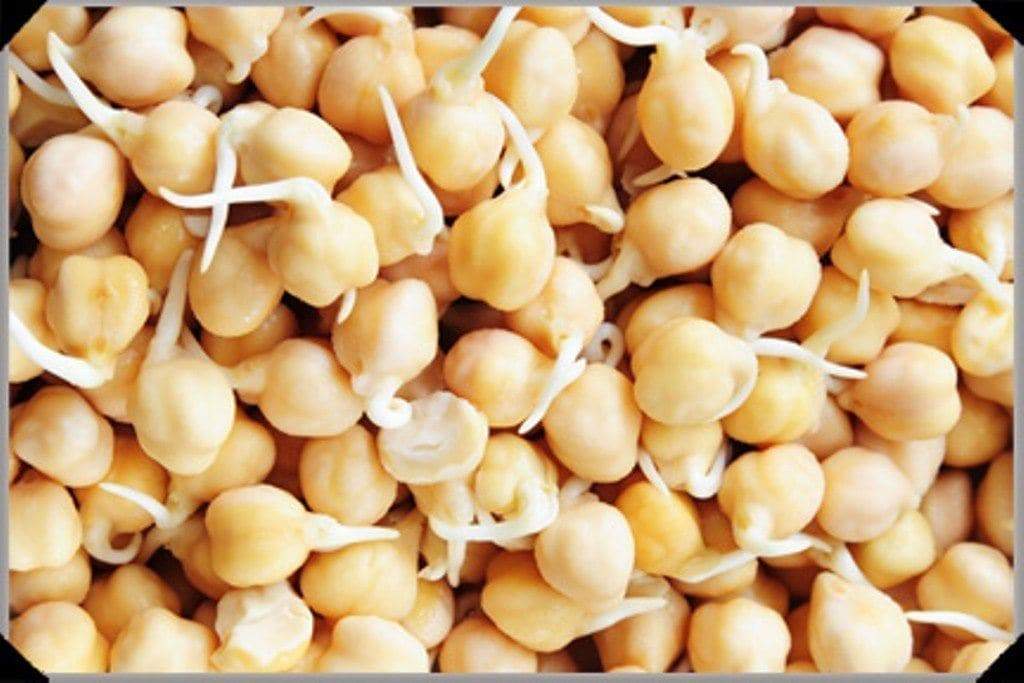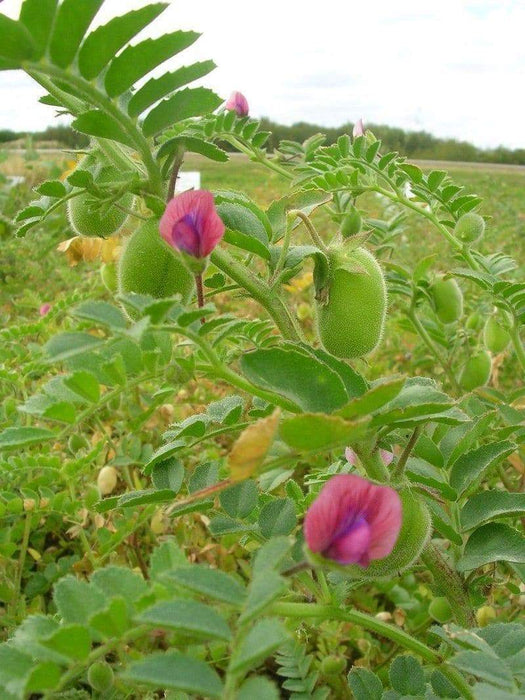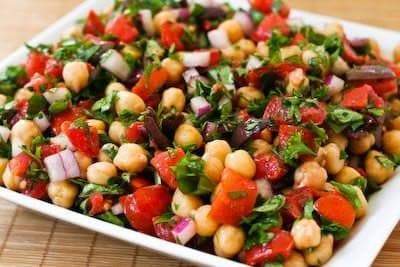
Garbanzo BEAN, Growing or Sprouting Seeds
Most orders are processed by the next day
Select your desired size and/or color from the available options.
This unique heirloom variety produces delicious beans. Perfect for making homemade hummus , Caribbean and Middle Eastern dishes. Also great for sprouting as well. Grow for a week and eat entire plant. Very nutritious! Contains vitamin A, C, calcium, iron and magnesium. Also known as chickpea. If using for sprouting they will be ready in 3-5 days.
-
Garbanzo Beans, Chana
-
Grow For food or Sprouts
-
Great For hummus.
This versatile legume can be gown as a cover crop, as well as for its protein rich beans. Also makes a great hay plant. Fixes nitrogen, 60-80 lbs/acre.
This unique heirloom variety produces delicious beans. Perfect for hummus and other Middle Eastern dishes. Also great for sprouting as well. Grow for a week and eat entire plant. Very nutritious! Contains vitamin A, C, calcium, iron and magnesium. Grown organically. Will sprout in 3-5 days.
The chickpea or garbanzo bean is a cool-season annual that requires about 100 days to reach harvest. Sow chickpeas in the garden about the date of the average last frost in spring or slightly earlier. Chickpeas require a long growing season; to get a head start on the season.
sow chickpeas indoors in a peat or paper pot several weeks before transplanting out. Set the chickpea and biodegradable pot whole in the garden when the plant is 4 to 5 inches tall.
Starts slowly in cold soil, so watch for weed competition. Young leaves, shoots and pods are cooked. Young leaves, seeds, or pods are potherbs. Young green seeds have a tasty lemon-like flavor, and are fermented into miso and tempeh.
Mature seeds are cooked in soups, stews, rice dishes, falafel, hummus, etc. Roasted seeds make a good snack. Roasted seeds or roots are a coffee substitute. Dried flour is used in batters, soups, stews, sauces, fritters, pizza, pancakes, noodles, and dumplings.
Harvest. Chickpeas will be ready for harvest about 100 days after planting. Chickpeas for fresh eating can be picked when pods are still immature and green; they can be eaten like snap beans. For dried chickpeas, harvest the entire plant when the leaves have withered and turned brown; place the plant on a flat, warm surface and allow the pods to dry. Collect the seed as the pods split. Seeds that will barely dent when bitten are sufficiently dry.
Storing and preserving. Unshelled chickpeas will keep in the refrigerator for up to one week. Dried, shelled chickpeas will keep in a cool, dry place for up to a year. Chickpeas can be frozen, canned, or sprouted.
Sprouting
METHODS:Sprouts may be grown in a clean, wide-mouth glass canning jar (typically 1 qt. or ½ gal.), in a Bioset Germinator, or a commercial sprouter. If using a Bioset Germinator or a commercial sprouter, please follow the instructions included with your sprouting equipment.
CULTURE:If sprouting in a glass jar, place the correct amount of seed in the glass jar. Cover the mouth of the jar with cheesecloth or other porous material, and secure with a rubber band. Fill the jar ½ full with lukewarm water and soak overnight. In the morning, drain off water. The cloth will keep the seeds in the jar. Rinse seeds with lukewarm water again and let drain. Put the container on its side in a dark location that stays about 60–70°F (15–21°C). At least twice each day, rinse with lukewarm water and drain. Continue rinse cycle until harvest.
HARVEST:When sprouts have reached the desired length or have their first tiny green leaves, expose them to light for a few hours to color them up. Hulls may be rinsed out or skimmed off the top of the water with a spoon. They are not harmful to eat, but removal minimizes spoilage in storage. Sprouts can be stored in the refrigerator for up to a week.
LET OUR CUSTOMER SPEAK FOR US

![[Seeds] - Caribbeangardenseed](http://caribbeangardenseed.com/cdn/shop/files/gift-card-gift-card-1_1024x1024_dfa857db-9150-4315-a362-7f0bb3fb9c47_60x28.png?v=1703978838)



